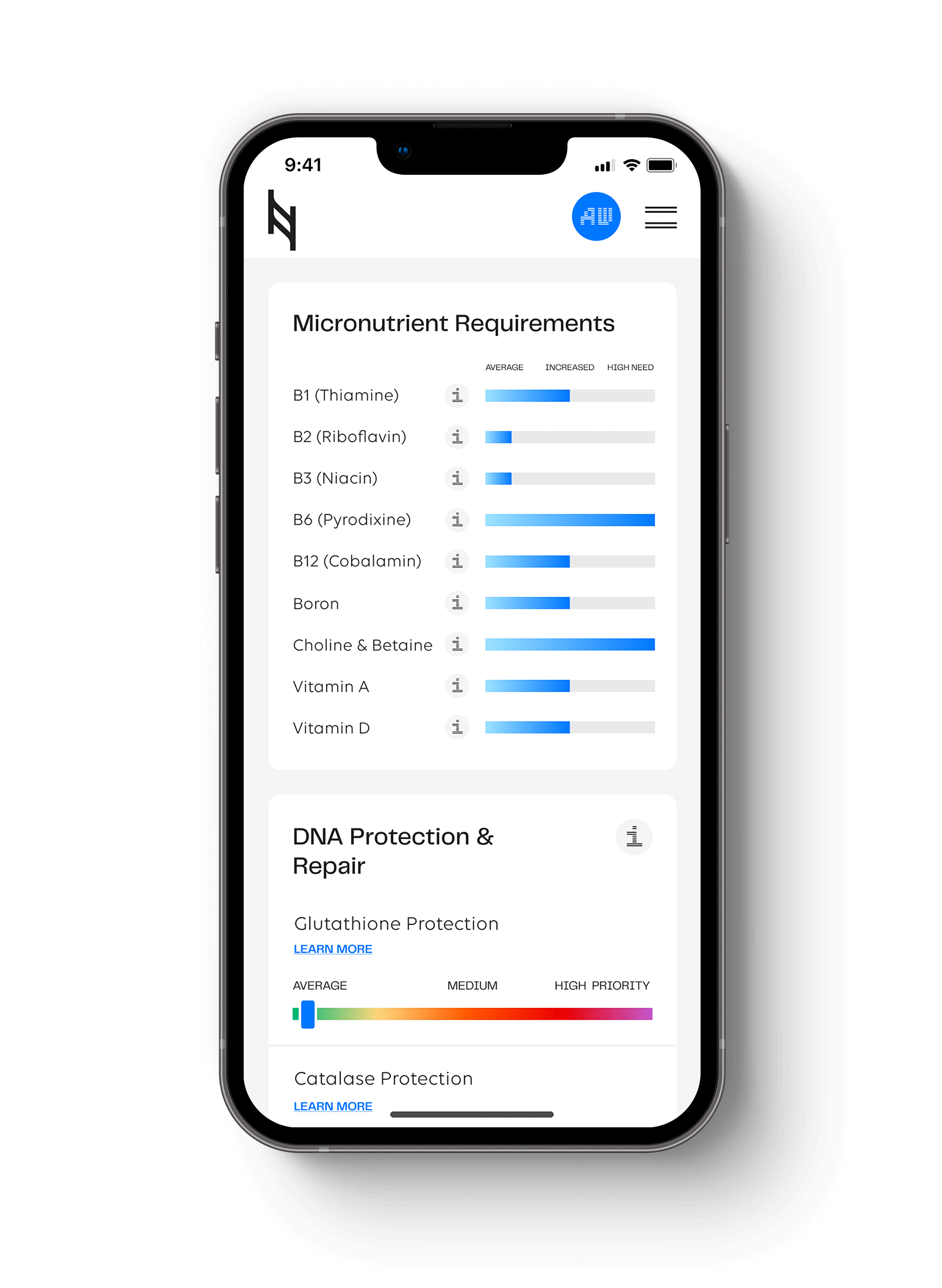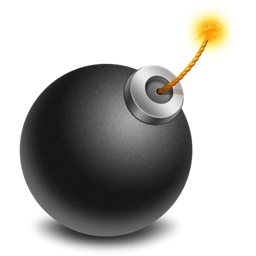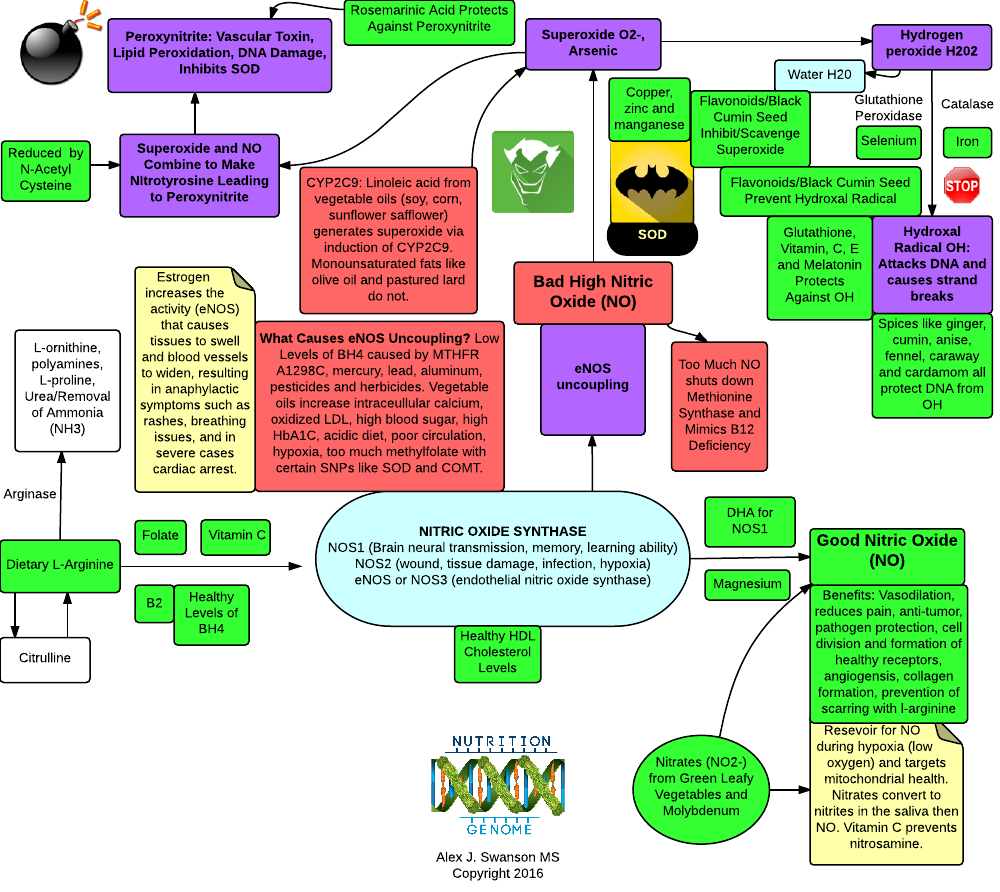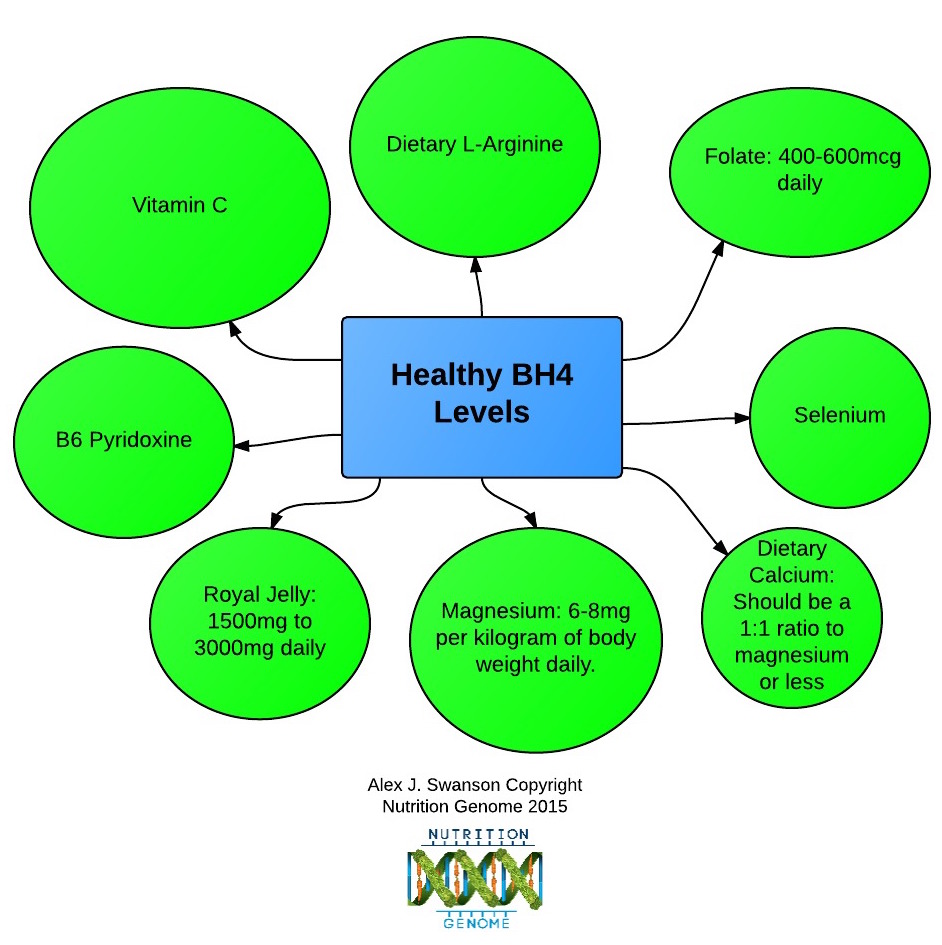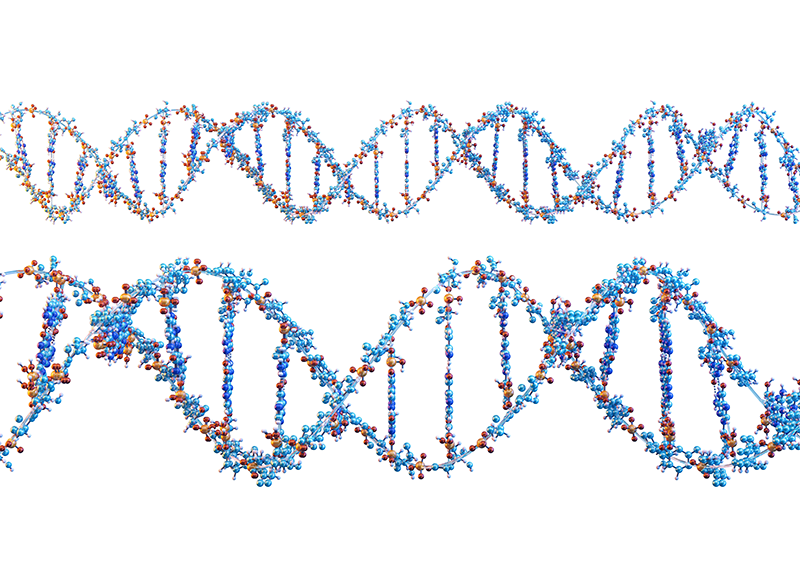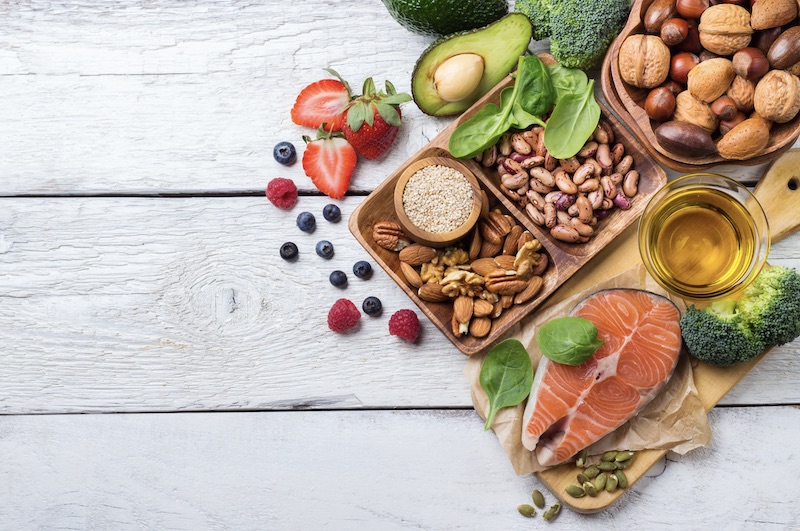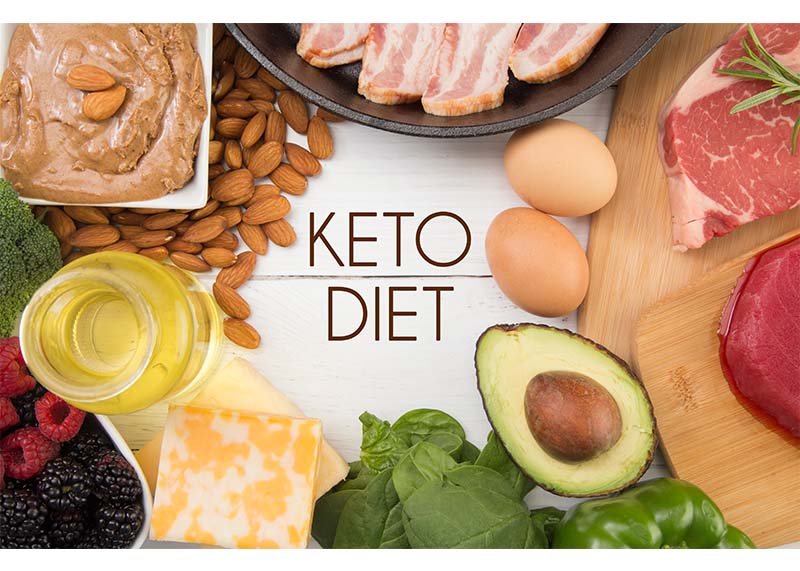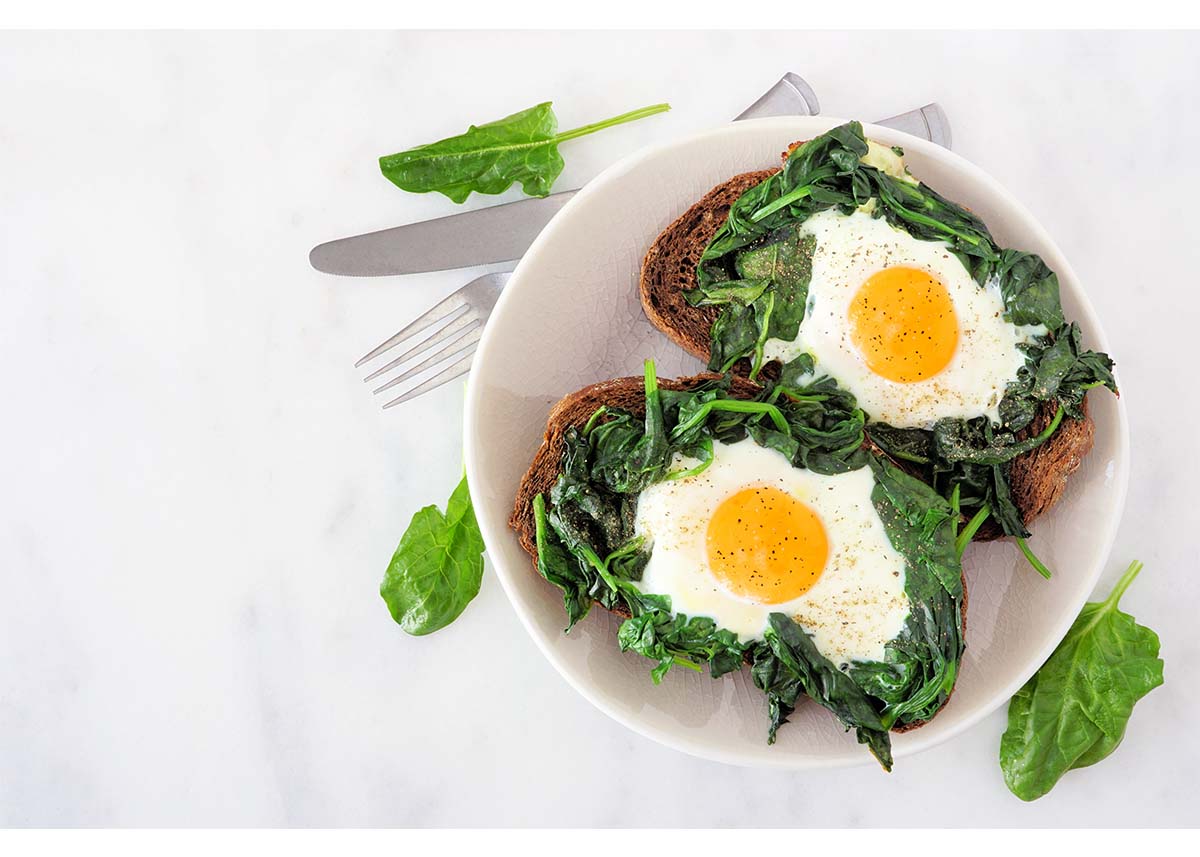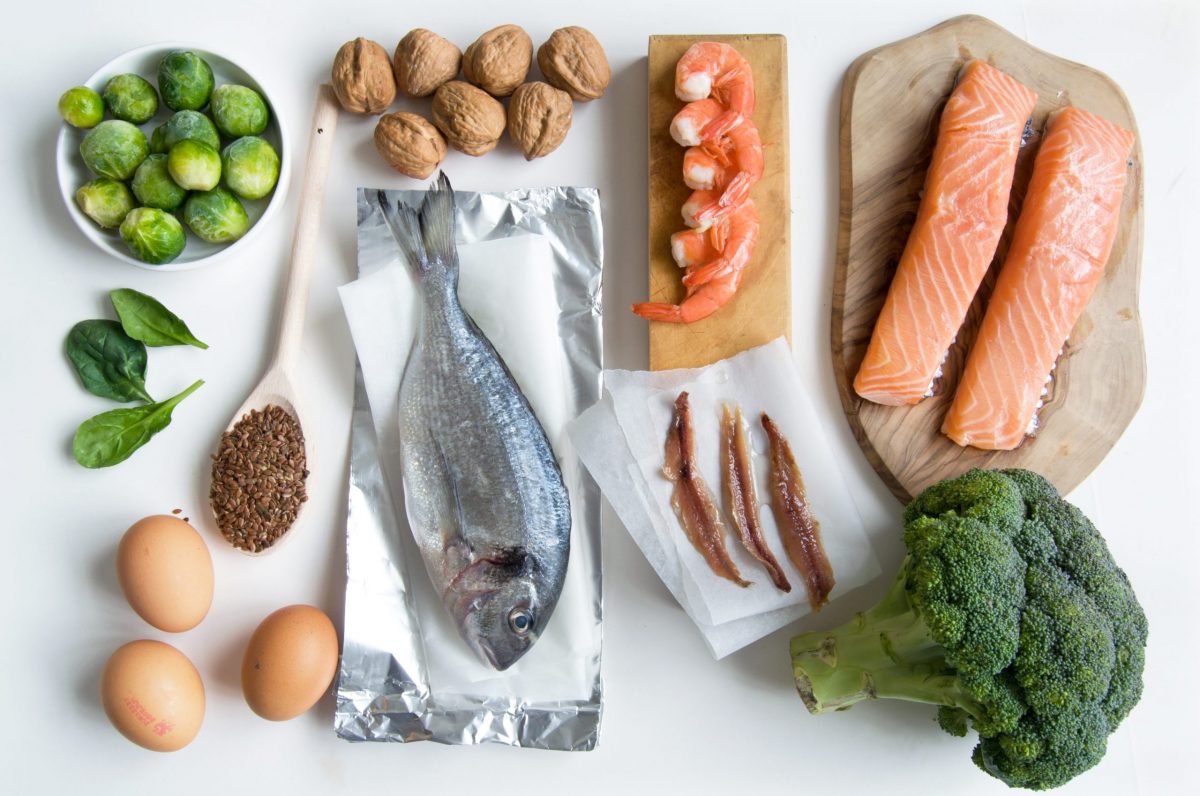The Story of Nitric Oxide (See Diagram Below)
To understand nitric oxide, it is best to picture the character Harvey Dent as “Two-Face” from Batman. If you haven’t seen the movie, what you need to know is that Harvey Dent is a good guy, but can be turned to the dark side by certain circumstances.
In the first diagram below, we have a Gotham City version of your body. When everything is running smoothly, criminals are kept under control by a healthy diet, exercise, environment, and low stress. Crime or “inflammation” are kept in check. Harvey Dent represents good nitric oxide, the leader of keeping Gotham City safe.
When an influx of criminals start to take over the city (vegetable oils, high blood sugar, chemicals, heavy metals, high amounts of refined carbohydrates) under the command of the Joker (superoxide), random acts of violence are created all over the body, seen in the purple boxes. The first defense is Batman or superoxide dismutase (SOD). With the right weapons (copper, zinc, manganese, flavonoids), he can keep the Joker from getting out of control. However, when the Joker’s army is fueled by an extended poor diet and now stress, Harvey Dent becomes disillusioned (turns to bad nitric oxide) and combines with the Joker to produce nitrotyrosine and peroxynitrite, dropping a bomb in the hospital of the body.
Through strategic planning, all of the green boxes of defense weapons are implemented, and Batman (SOD), is able to start taking back control of inflammation while ridding Gotham of its criminals. Soon, the city is back in order and healthy again.
The Biochemistry and Genetics of Nitric Oxide
Dietary L-arginine (eggs, whey, coconut, walnuts, almonds, peanuts, sunflower seeds, pumpkin seeds, sesame seeds and seaweed) is an amino acid precursor to nitric oxide (NO) by the enzyme nitric oxide synthase (NOS), and provides a reversible reaction with L-Citrulline (found highest in watermelon rinds). Through NOS1, NOS2, and NOS3, NO’s many hats including neurotransmitter, neuromodulator, vasodilator, anti-microbial, ant-tumorogenic, insulin secretions, peristalsis, inhibiting calcium entry into the cell, increasing potassium channels and decreasing intracellular calcium.
The uncoupling of NOS has been linked to play an essential role in cardiovascular pathologies including dilated cardiomyopathy, ischemia-reperfusion injury, endothelial dysfunction, atherosclerosis, hypertension, and diabetes mellitus. The uncoupling leads to superoxide, a potentially dangerous adversary leading to high levels of inflammation through peroxynitrite, hydrogen peroxide, and hydroxyl radical.
This occurs from your diet, lifestyle, environment and genetic susceptibilities including low levels of BH4 (see below), heavy metals, chemical exposure, stress, high blood sugar, high HbA1C, hypoxia, high acidity and SNPs in SOD, COMT, MTHFR A1298C, PCBD1, PTS, and QDPR. Vegetable oils – which you will see as a common theme on this website as one of the most destructive dietary components – can create superoxide by inducing the liver enzyme CYP2C9.
BH4 and Nitric Oxide
BH4 is also known as tetrahydrobiopterin. It plays a very important role in all the neurotransmitters (serotonin, dopamine, epinephrine, norepinephrine etc.) and nitric oxide. Understanding low levels of BH4 can help solve issues related to mental health and cardiovascular health.
The extent of the damage and control of NOS uncoupling and NO depends on the individual. The important factors for preventing inflammation is through L-arginine, vegetable and fruit intake, BH4 levels, vitamin C levels, folate levels (too much methylfolate supplementation can lead to inflammatory NO levels), magnesium, DHA, B2, copper, zinc, manganese, cysteine, glutathione levels and flavonoid/spice intake. Genetic mutations in CYP-450 liver enzymes, NOS1, NOS2, and NOS3 may affect susceptibility to certain nitric oxide uncoupling factors.
Restoring proper NOS activity by increasing intracellular levels of its cofactor tetrahydrobiopterin (BH4) is effective in the management of hypertensive diastolic dysfunction, ischemia-reperfusion injury, myocardial infarction, and endothelial dysfunction.
Healthy Nitric Oxide Levels
It is ideal to target all of the needed nutrients, but the following is the most likely to be low in our diet (focus on food for the other nutrients in the BH4 diagram). Knowing your genetics can help you determine where you need to increase certain vitamins, minerals, and compounds to prevent inflammation.
1. Vitamin C plays a major role in healthy BH4 levels, supporting nitric oxide synthase function, regenerating vitamin E to protect against arsenic and lead and assisting the adrenals during times of stress. Studies have demonstrated that people with the highest blood levels and daily intakes of vitamin C are at as much as a 50% reduced risk of developing or dying from cardiovascular diseases.
Vitamin C should be 100 percent l-ascorbic acid, fully reduced and non-GMO.
See an article I wrote on vitamin C here.
2. Magnesium is by far the most common deficiency I see on a daily basis. We simply are not getting enough from our food due to depleted soils, depleting dietary habits and medications, depleted water and our drastically low seaweed and seafood consumption due to pollution.
Magnesium deficiency causes arrhythmia, overactivity to stress hormones (adrenaline), overproduction of cholesterol, blood clotting in blood vessels, constriction of blood vessels, high sodium/potassium ratio, insulin resistance leading to Type 2 diabetes, atherosclerosis and vulnerability to oxidative stress. About 40-60% of sudden deaths from heart attacks occur in the complete absence of any prior artery blockage, clot formation or heart rhythm abnormalities.1 They are most likely occurring from spasms in the arteries due to a magnesium deficiency since magnesium being a natural antispasmodic.
Since aluminum retention is a problem for those with gut dysbiosis, citrate and malate forms of magnesium can be beneficial because they bind and detoxify aluminum.
3. B-vitamins including folate, B6, and B2 all play an important role in maintaining healthy nitric oxide levels. Folate is one of the most key nutrients for healthy BH4 levels. Choose a folate-rich diet.
Sources
The Magnesium Miracle By Dr. Carolyn Dean
1. DHA: http://www.ncbi.nlm.nih.gov/pubmed/19961266
2. Vitamin C http://www.ncbi.nlm.nih.gov/pubmed/12522125
3. Nitric Oxide http://www.sciencedirect.com/science/article/pii/S2213231712000067
4. NOS1,2,3: http://www.diabetesincontrol.com/wp-content/uploads/2015/10/nitric-oxide.pdf
5. Flavonoids: http://www.sciencedirect.com/science/article/pii/S000527280900190X
6. Oxidized LDL: http://www.ncbi.nlm.nih.gov/pubmed/8653881
7. Pomegranates: Aviram M, Rosenblat M, Gaitini D, et al. Pomegranate juice consumption for 3 years by patients with carotid artery stenosis reduces common carotid intima-media thickness, blood pressure and LDL oxidation. Clin Nutr. 2004 Jun;23(3):423-33.
8. Mg: http://www.ncbi.nlm.nih.gov/pubmed/26114348
9. Vitamin C and OH: http://www.ncbi.nlm.nih.gov/pubmed/26237409
10. Vegetable oils: http://www.jlr.org/lens/jlr/45/5/794
11. Black Cumin Seed: http://www.ncbi.nlm.nih.gov/pmc/articles/PMC2583426/
12. Rosemarinic Acid: http://www.ncbi.nlm.nih.gov/pubmed/17420060
13. Estrogen: http://allergicliving.com/2015/01/07/estrogen-found-to-increase-severity-of-allergic-reactions/
Hit your health goals faster
We'll help you remove the guesswork
Experience the most advanced nutrigenomic test available, covering 100 clinically relevant genes for a "whole body" analysis. Take control of your health today.
$359
